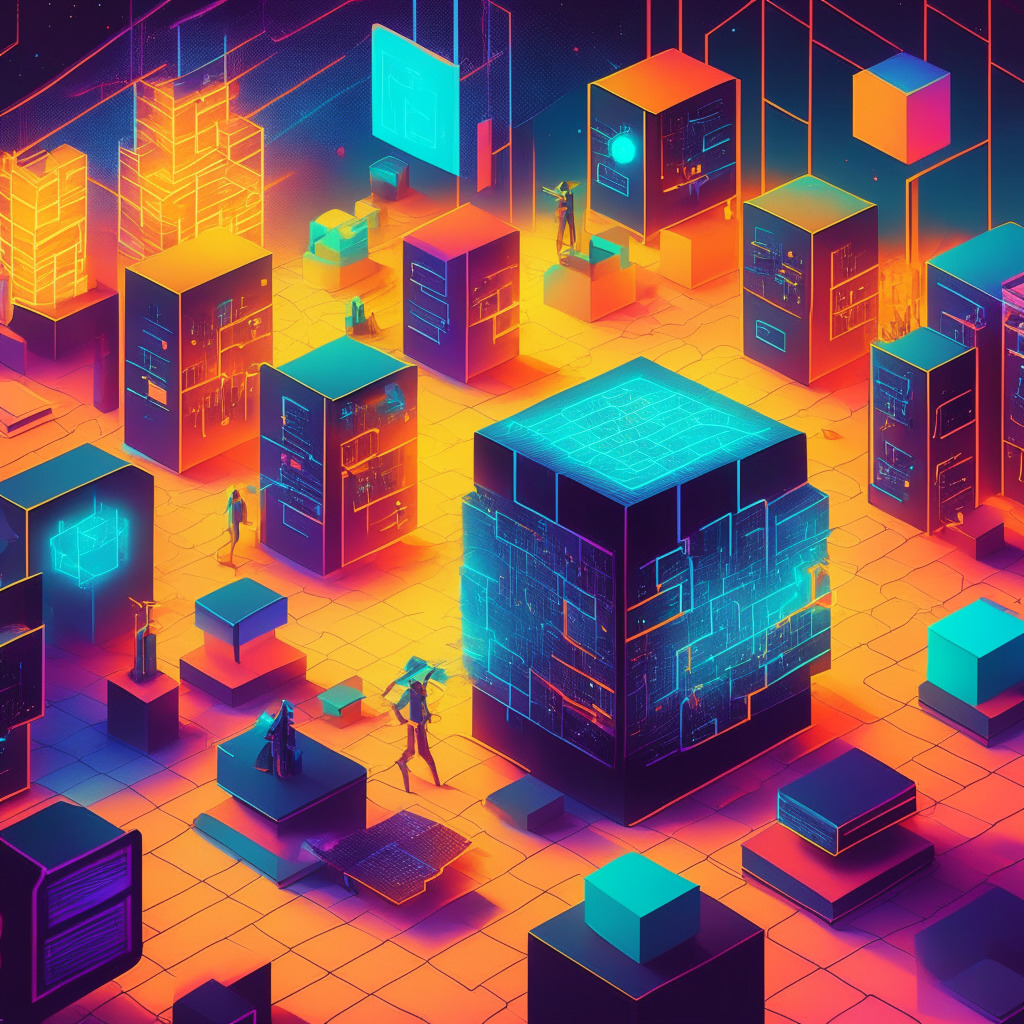Consumer loyalty has become an increasingly important metric for businesses in recent years. As markets become more saturated and competition intensifies, organizations have to work harder than ever to maintain a strong relationship with their customers. Interestingly, Web3 technology could be the key to unlocking a deeper understanding of consumer loyalty while also offering new ways to engage and reward those customers.
The customer loyalty and engagement market is estimated to reach a value of $18.2 billion by 2026, driven by concerns about the rising cost of living, supply chain issues, and increased inventory costs. In the face of these challenges, businesses are being forced to get creative in order to maintain and grow their customer base.
Traditional efforts to build brand loyalty have suffered from issues such as fragmented engagement and scaling problems. However, Web3 technology offers a variety of solutions to these challenges by harnessing the power of blockchain. By offering real rewards, exclusive experiences, and ongoing benefits with a single action, Web3 programs can create a significantly more compelling proposition for consumers than their Web2 counterparts.
One particularly exciting aspect of Web3 is the rise of utility or perks-based digital collectibles, which have the potential to provide a wide range of benefits to customers, from discount codes to access to exclusive events. Moreover, these collectibles can be upgradeable, tradable, and transferable, resulting in a more active community around a brand or product.
Examples of businesses taking advantage of Web3 technology include Nike and fashion house Dolce & Gabbana. Nike has created a Web3 platform called “.Swoosh” that offers unique consumer experiences and a new market for Nike-branded virtual creations, while Dolce & Gabbanalaunched an NFT collection in 2021 that generated approximately $5.65 million in sales.
To successfully implement a Web3-based loyalty program, businesses must offer high-quality, thoughtful experiences to their fans, often through collaborating with experienced tech partners. This might involve the development of white-labeled Web3 programs that integrate seamlessly with an organization’s existing ecosystem, as well as guidance on rewards program enhancements, promotional mechanics, consumer engagement, and analytics.
Though Web3 technology is still in its early stages, its potential to revolutionize fan engagement and loyalty is immense. By carefully integrating Web3 into their customer loyalty strategies, businesses can reap significant benefits and stay ahead of the curve in an increasingly competitive market.
Source: Cointelegraph




